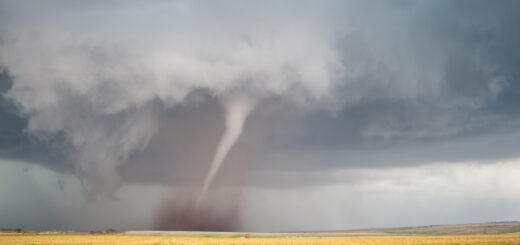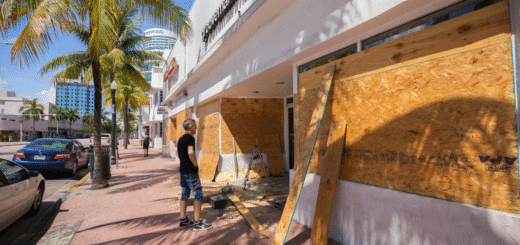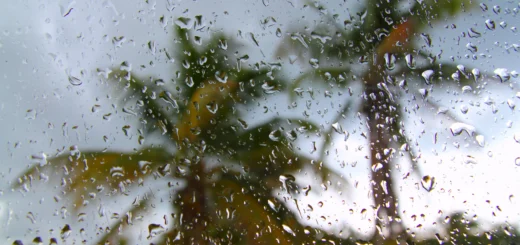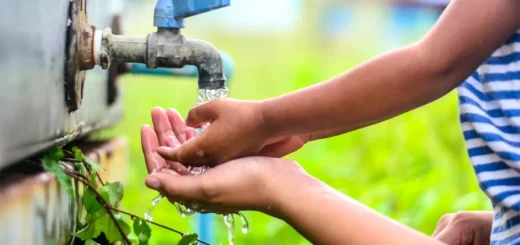Heatwave Preparedness Checklist: Your Ultimate Guide to Southern US Summers
Welcome to the Southern Prepper guide on heatwave preparedness! As the temperatures rise and the summer sun beats down, it’s crucial to be ready for the scorching heat waves and high humidity that are characteristic of our region.
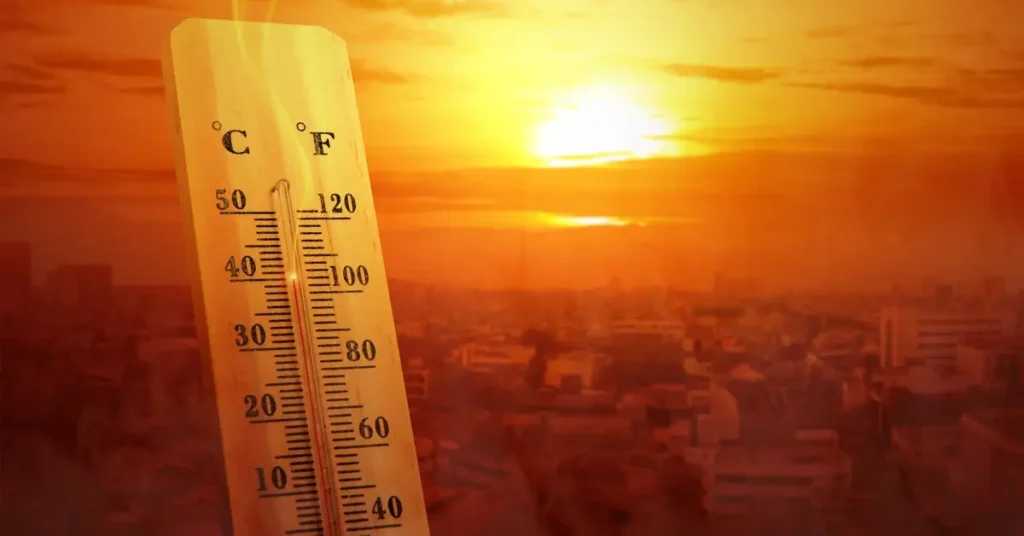
Table of Contents
What is a Heatwave?
A heatwave is a prolonged period of excessively hot weather, typically lasting for several days or even weeks. It is characterized by temperatures that are significantly higher than the average for a particular region during that time of year.
Heatwaves are often accompanied by high levels of humidity, which can further intensify the discomfort and health risks associated with extreme heat.
Heatwaves can vary in intensity and duration, but they are typically defined based on specific thresholds relative to the normal climate conditions of a particular area. In 2022 over 65 million people across 16 states were under heat alerts.
During a heatwave, high temperatures and humidity levels can sometimes lead to an increase in the wet bulb temperature. This means that the air becomes saturated with moisture, making it more challenging for sweat to evaporate from the skin. As a result, the body’s natural cooling mechanism becomes less effective, and the risk of heat-related illnesses such as heat exhaustion and heatstroke increases.
Understanding Heatwave Trends: Analyzing the Data
Heatwaves in the Southern US not only bring discomfort but also pose serious health risks. According to the CDC’s Heat & Health Tracker, an average of 702 heat-related deaths occur each year in the United States.
Heat waves can also have far-reaching economic impacts. Studies have shown that these prolonged periods of intense heat can result in billions of dollars in economic costs.
An analysis by the National Oceanic and Atmospheric Administration (NOAA) found that the economic damages associated with droughts (including heatwaves) in the Gulf Coast states averaged around $8.3 billion over the last three years.
Such significant financial consequences emphasize the urgency of heatwave preparedness and adaptation, as communities and sectors grapple with the financial burdens of extreme heat events.
Adding to the concern is the projection of future heatwave trends. Climate change models indicate that heat waves will likely become more frequent, longer-lasting, and more intense due to the changing climate.
The Intergovernmental Panel on Climate Change (IPCC) projects that heatwave conditions will become increasingly prevalent, affecting numerous regions, including the Southern US in its AR6 Synthesis Report.
The Southern US, already known for its sultry summers, continues to experience heat waves that can push the mercury to extreme levels. From states like Texas and Florida to Louisiana and Georgia, the region is no stranger to the intense heat and humidity that can make even simple tasks challenging.
In this guide, we’ll walk you through a detailed checklist of essential items and preparations to help you stay cool and protected during Southern US summers.
Being prepared is the key to staying safe and beating the heat. So, let’s get started with our heatwave preparedness checklist and equip you with the knowledge and supplies you need to thrive during these increasingly hot summer days.
Stay Informed: Monitoring and Alerts
As you navigate the hot summer days, staying informed about heatwave warnings and alerts is crucial for your safety and well-being.
By keeping yourself updated on the latest information, you can take proactive measures and make informed decisions to protect yourself and your loved ones.
Here are our top five tips on how to stay informed about Heatwaves:
Local Weather Reports: Start by regularly checking your local weather reports and forecasts to get accurate and up-to-date information about current and upcoming weather conditions. These reports often include heatwave warnings and advisories specific to your area.
Heat Index: Pay attention to the heat index, which takes into account both the temperature and humidity levels to determine how hot it actually feels. This index gives you a more accurate representation of the heat stress your body may experience. Be aware that high humidity can exacerbate the discomfort and health risks associated with heatwaves.
Weather Websites: Here are our top websites that provide specialized information and alerts related to extreme heat events. These platforms often offer real-time updates, safety tips, and guidance specific to your location.
Local Government and Health Departments: Stay connected with your local government and health departments for heatwave-related information and resources.
Your local departments will share guidelines, safety recommendations, and community initiatives to ensure public safety during heatwave events. Their websites and social media channels are excellent sources for updates and local initiatives.
Community Alerts and Networks: Join local community groups or networks that focus on weather-related updates and emergency preparedness. These groups often share timely information, resources, and even provide support during extreme weather conditions. Engaging with your community can foster a sense of shared responsibility and preparedness.
Staying informed is a key part of heatwave preparedness. By monitoring weather reports, heat indexes, and alerts from reliable sources, you can make informed decisions and take appropriate actions to stay safe and comfortable during heatwave events.
In the next section, we’ll talk about the essential supplies and preparations you need to have in place to beat the heat.
Essential Supplies and Preparations for Heatwave Survival

When it comes to surviving a heatwave in the Southern US, having the right supplies and equipment can make all the difference.
These essential items will help you stay cool, hydrated, and protected during the scorching summer days.
Here are our top 10 heatwave preps and supplies you need to have on hand:
- Honeywell Portable Air Conditioner: This portable air conditioner offers powerful cooling performance and is easy to set up in various rooms. It features a built-in dehumidifier and can cool a room up to specific square footage, providing instant relief from the heat.
- Mission Cooling Neck Gaiter: The Mission Cooling Neck Gaiter is made from a proprietary fabric that instantly cools when wet, wrung out, and snapped in the air. It provides long-lasting cooling and is ideal for outdoor activities or whenever you need quick relief from the heat.
- Dyson Air Multiplier Tower Fan: A sleek and bladeless tower fan that uses air multiplier technology to create a steady, powerful airflow throughout the room.
- Frogg Toggs Chilly Pad Cooling Towel: The Frogg Toggs Chilly Pad is a highly absorbent cooling towel that provides an instant cool sensation when wet. It stays cool for hours and is reusable, making it perfect for sports, workouts, or any outdoor activities.
- YETI Rambler Tumbler: A durable and double-walled insulated tumbler that keeps your drinks cold for hours, even in hot weather. It works, if you don’t have one, get one.
- Ergodyne Chill Cooling Vest: Cooling vests are designed to keep your body temperature regulated. These vests are typically made with special cooling fabrics and can be soaked in water to activate the cooling effect. They provide long-lasting relief and are ideal for outdoor activities.
- Arctic Zone Titan Deep Freeze Cooler: A high-performance cooler with excellent insulation properties, keeping your food and drinks cool for extended periods, even in scorching temperatures.
- BedJet V3 Climate Comfort System: A unique climate control system for your bed that delivers cool or warm air to keep you comfortable during the night.
- Columbia Bora Bora Booney Hat: A wide-brimmed hat with UPF 50 sun protection and a moisture-wicking sweatband, helping to keep you cool and protected from the sun.
- O2COOL Deluxe Misting Fan: A handheld misting fan that provides a refreshing mist and a cooling breeze, perfect for outdoor activities or on-the-go cooling.
Remember to consider your specific needs, budget, and preferences when choosing products. Reading customer reviews and checking product specifications will help you make an informed decision. Stay cool and beat the heat with these recommended products designed to keep you comfortable during a heatwave.
In the next section, we’ll explore strategies for creating a comfortable and heat-safe environment both indoors and outdoors.
Beat the Heat: Tips for a Cool and Safe Home Environment
When it comes to preparing your home for a heatwave, there are many actions you can take to ensure a cooler and more comfortable living environment and minimize the impact of the scorching temperatures.
Let’s dive into the essential home preparations you need.
Insulate and Seal: According to the U.S. Department of Energy, air leaks can account for up to 30% of cooling costs. Proper insulation and sealing can reduce the amount of hot air entering your home and improve energy efficiency.
Inspect your home for any air leaks or gaps around doors, windows, and vents. Use weatherstripping, caulking, or sealants to seal these areas and prevent hot air from infiltrating your home.
Install Window Coverings: The U.S. Environmental Protection Agency (EPA) suggests that installing window coverings can reduce solar heat gain by up to 77%. This can significantly lower the temperature inside your home during a heatwave.
Install reflective window film or shades to block out the sun’s rays and reduce heat transfer. You can also consider using blackout curtains or thermal blinds to keep your rooms cool and shaded.
Utilize Fans Strategically: The EPA states that using ceiling fans can allow you to raise the thermostat setting by about 4°F without sacrificing comfort.
Portable fans can also provide targeted cooling and help improve air circulation in specific areas of your home.
Place fans near windows to draw in cooler air during the early morning and evening hours. Use ceiling fans or portable fans to improve air circulation throughout your home.
Optimize Ventilation: The National Renewable Energy Laboratory (NREL) recommends proper ventilation to reduce indoor temperatures and improve indoor air quality. Good ventilation can help expel hot air and bring in cooler air during the early morning or evening hours.
Open windows and use exhaust fans in kitchens, bathrooms, and laundry areas to remove heat and humidity. Consider installing attic or roof vents to promote better airflow.
Use Heat-Resistant Materials: The Lawrence Berkeley National Laboratory advises using heat-reflective or low-emissivity materials to reduce heat gain in your home.
Light-colored or reflective roof materials can help keep your attic and home cooler. Opt for heat-resistant materials for your curtains, furniture, and bedding. Choose light-colored or reflective roof materials to reduce heat absorption.
Create Shade: The American Society of Landscape Architects highlights the importance of shading windows and outdoor areas to reduce heat gain.
Providing shade through trees, awnings, or other structures can lower the temperature inside your home and create a more comfortable environment.
Plant trees or install awnings, pergolas, or shade sails to provide shade over windows, patios, or outdoor living areas. This helps to reduce direct sunlight and keeps your home cooler.
By implementing these strategies, you can improve your home’s resilience to heatwaves and create a more comfortable living space.
In the next section, where we’ll discuss essential safety measures to protect yourself and your family during extreme heat.
Heatwave Personal Safety Tips: Stay Cool and Protected
Heat-related illnesses can occur when the body’s temperature regulation mechanisms are overwhelmed by excessive heat and humidity. It is crucial to be aware of the signs and symptoms of these conditions to take prompt action.
Heat Safety Awareness
Heat Exhaustion: Heat exhaustion is a milder form of heat-related illness that can progress to a more severe condition if not addressed. Look out for the following signs:
- Heavy sweating and fatigue
- Dizziness or lightheadedness
- Nausea or vomiting
- Headache or muscle cramps
- Cool, moist skin with goosebumps
Heat Stroke: Heat stroke is a severe medical emergency and requires immediate attention. Watch for the following symptoms:
- High body temperature (above 103°F/39.4°C)
- Altered mental state or confusion
- Rapid and shallow breathing
- Rapid heartbeat and flushed skin
- Lack of sweating, despite the heat
If you or someone around you exhibits signs of heat exhaustion or heat stroke, it is crucial to take immediate action. Move to a cooler environment, drink water or a sports drink if conscious and able to swallow, and seek medical assistance as soon as possible.
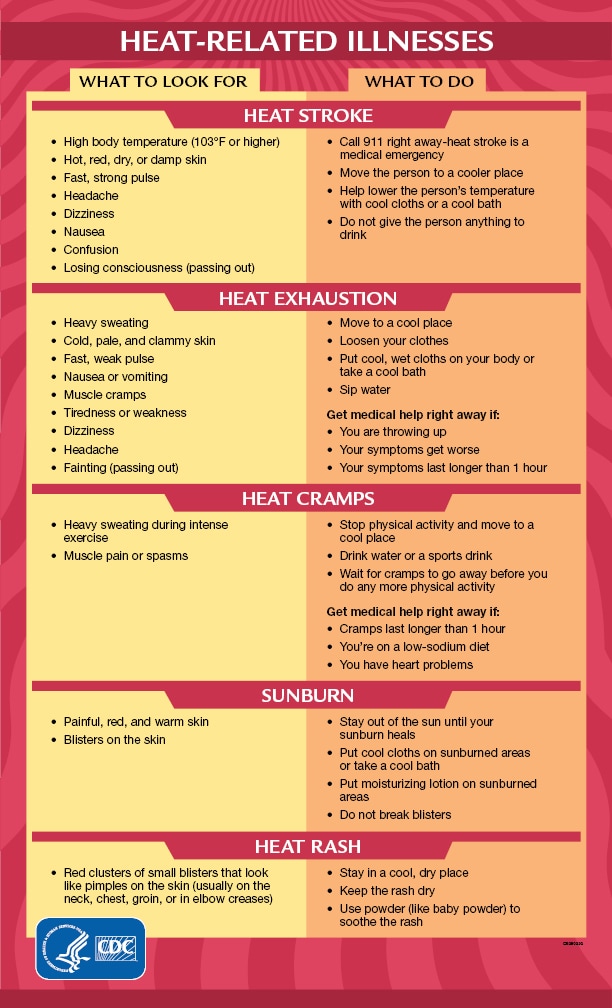
Now that we’ve covered what signs to look for, let’s talk about a few heat safety tips to keep you protected from heat illnesses.
Stay Hydrated and Beat the Heat
Hydration is key to surviving the sweltering heat. Drink plenty of water throughout the day, even if you don’t feel thirsty. Sports drinks with electrolytes like sodium and potassium can help replace what you lose during longer-duration outdoor activities, especially in the heat.
Timing is Everything
Plan your activities so that you avoid being outdoors during the hottest part of the day. If possible, schedule outdoor tasks or exercise during the early morning or late evening when temperatures are more bearable. Save the indoor chores for the peak heat hours.
If you must go outdoors during peak temperatures, wear protective clothing and stay hydrated.
Cool Down Your Living Space
Make your home an oasis from the heat by implementing simple cooling strategies. Keep curtains or blinds closed during the day to prevent sunlight from heating up your space.
Use fans or air conditioning units to circulate cool air. Don’t have access to electricity? Consider alternative cooling options like battery-powered fans or even creating a DIY “swamp cooler.”
Protective Measures
While outdoors, wear lightweight, breathable clothing that covers your skin and protects you from the sun’s rays.
Wear a wide-brimmed hat, sunglasses and apply sunscreen with a high SPF. Bring your water bottle fan and cooling towels with you. These items can help protect you from heat-related illnesses and sunburn during peak temperatures.
Check on Your Friends and Family
Each year, an average of 9,235 people are hospitalized due to heat.
Check-in on those who may be more vulnerable to extreme heat, such as young children, older adults, and your friends with chronic illnesses. Make sure they have access to cool environments and offer assistance if needed. Sometimes a friendly visit or a phone call can make all the difference.
Follow these safety tips so you can stay cool, comfortable, and protected in your home and outdoors when the temperatures soar.
Conclusion of Heatwave Preparedness
As summer temperatures continue to rise in the Southern US, it is essential to prioritize heatwave preparedness and take necessary precautions to ensure the safety and well-being of yourself, your friends, and family. By following our tips and advice provided in this guide, you can minimize the risks associated with extreme heat and humidity.
Staying informed about heatwave alerts and monitoring weather conditions is the first step in preparedness. Creating an emergency readiness plan, stocking up on essential supplies and equipment, and making necessary home preparations will help you navigate through heatwaves more effectively.
Understanding the impact of wet bulb conditions and incorporating strategies to mitigate its risks can further enhance your preparedness efforts.
Maintaining personal safety measures, such as staying hydrated, limiting outdoor activities during peak heat hours, and checking on vulnerable individuals, is important to preventing heat-related illnesses and complications.
By taking proactive steps and being prepared, you can not only stay safe but also enjoy the summer months to their fullest. Stay cool, stay informed, and stay prepared!
A little planning and preparation can go a long way in ensuring a safe and enjoyable summer season in the face of increasing heatwave conditions.
Thank you for joining us on this journey to understanding heatwaves and the risks associated with them. Stay safe!


